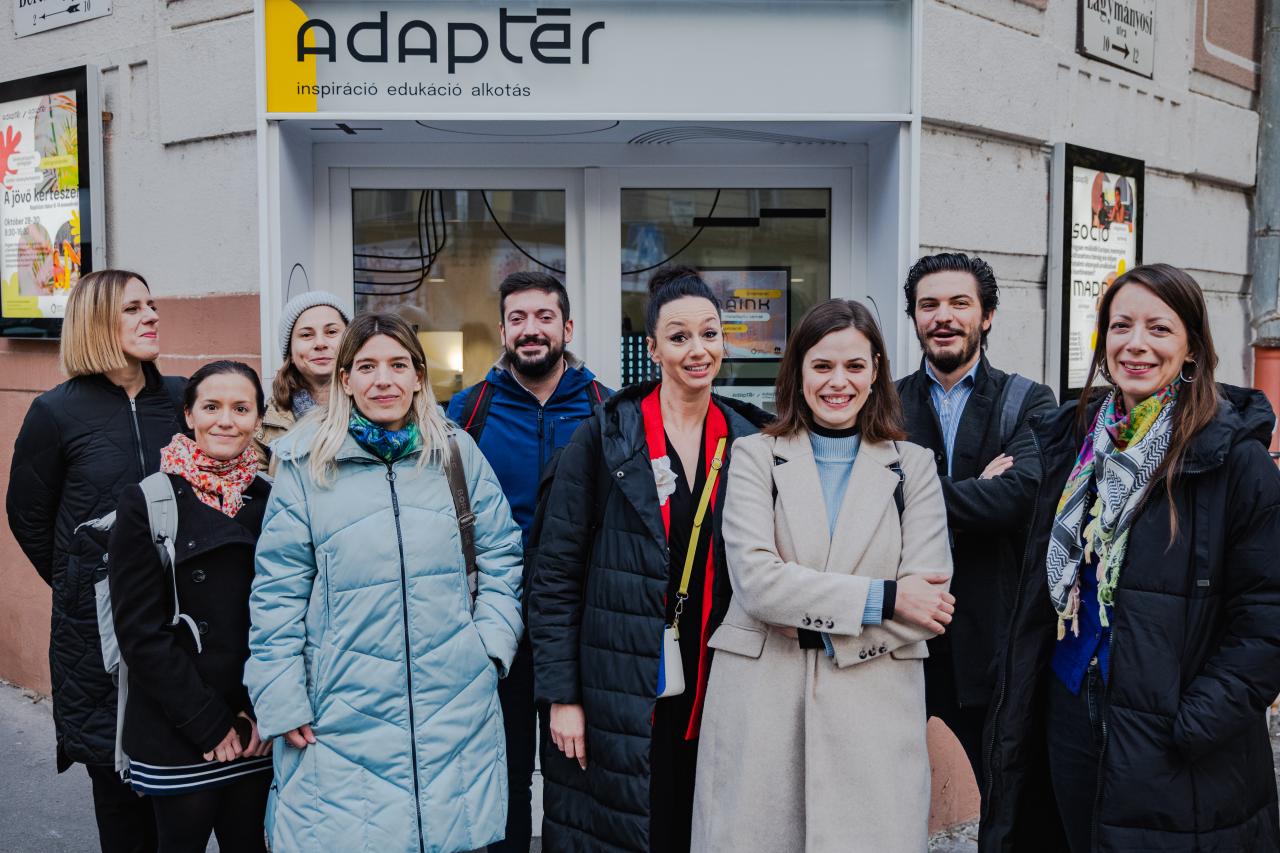An invisible epidemic is spreading across Europe
According to a 2022 EU survey, 13% of respondents report feeling lonely most of the time, while over a third experience loneliness at least occasionally. What might appear as a deeply personal issue is increasingly recognised as a social and urban emergency.
What if the best recipe a city could offer to combat loneliness, social fragmentation and passivity was culture and creativity?
“Art is not a mirror held up to reality, but a hammer to shape it,” wrote Bertolt Brecht. The transformative power of art captured in these words perfectly sums up the mission of the ITN REinventing Culture in Urban Places (RECUP) Network, an initiative funded by the European URBACT programme, which is reinventing the role of culture in urban (and peri-urban) places.
Coordinated by Újbuda – the 11th District of Budapest, RECUP brings together six European cities to explore how cultural co-creation can help confront complex urban challenges—from isolation to sense of belonging. The network builds on Újbuda’s experience in the UIA-funded CUP4Creativity project, which started with a premise: culture is not just an act of consumption, it is a dynamic process of creation.
1. The Ujbuda model: a culture of participation and experimentation
Újbuda’s story offers a powerful example of how a city can turn cultural policy into an engine for participation and wellbeing. Since the early 2000s, the district had undergone rapid transformation, especially along Béla Bartók Boulevard, where due to the municipal administration efforts, new cultural organisations, cafés, and galleries flourished. New residents, also attracted by the city’s tech industry and universities, moved there. However, students and professionals often remained on the margins of community life, and dynamism was unevenly distributed across the district.
Selected by the Urban Innovative Actions (now the European Urban Initiative) programme, the CUP4Creativity project was designed to bridge these gaps. It aimed to fight loneliness and social isolation through participatory cultural processes, redefining culture as a shared experience.
The cornerstone of the project was the INSERT programme, built on the groundwork of a detailed mapping of Újbuda’s creative and cultural industries (CCI). With over 2,000 actors identified, INSERT became a launchpad for local creativity. More than 120 grassroots projects were funded—from community concerts on balconies to reading hosted in private houses and creative labs—with a budget of 120.000 euro.
Culture was not only activated through events, but also through space. Underused buildings were transformed into creative hubs like Adaptér, blending art, technology, and education. Micro-renovations, pop-up corners, and artist studios extended the network throughout the district.
An innovative feature was the engagement of businesses. Companies like British Telecom and the Allee shopping centre were involved in community events, opening the door to new forms of public-private partnership in cultural life.
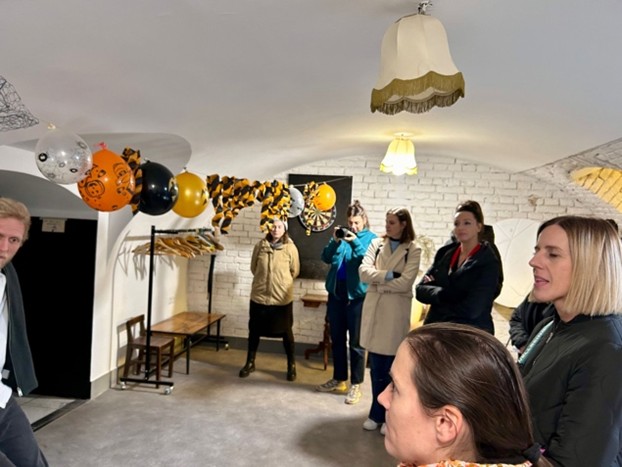
Renovated art studio in Ujbuda visited by the RECUP partners during the first transnational meeting
“We discovered the power of provocation,” said Maté Abraham, former project manager of CUP4Creativity project. “When we launched the INSERT programme, we didn’t know what kind of reaction to expect. It could have failed. Instead, it awakened a world of very committed local actors.”
Through the Béla Bartók Roundtable, this experiment became a new mode of governance. Artists, residents, institutions, are together to co-shape cultural policy.
2. From Ujbuda to Europe: five Cities, five Stories
Inspired by Újbuda’s example, the Reinventing Culture in Urban Places network is now adapting and testing this model in five different cities, each facing its own version of fragmentation and disconnection.
Dubrovnik: reclaiming Community Space from mass tourism
In Dubrovnik, Croatia’s world-famous coastal city, traces of history and culture are everywhere. However, mass tourism has transformed urban dynamics, with short-term rentals displacing locals from certain neighbourhoods and public spaces filled to capacity with visitors.
The city’s response is bold: the TUP Factory, a former industrial complex closely linked to Dubrovnik’s working-class history, has been acquired by the city and it is going to be repurposed into a creative and social hub for residents.
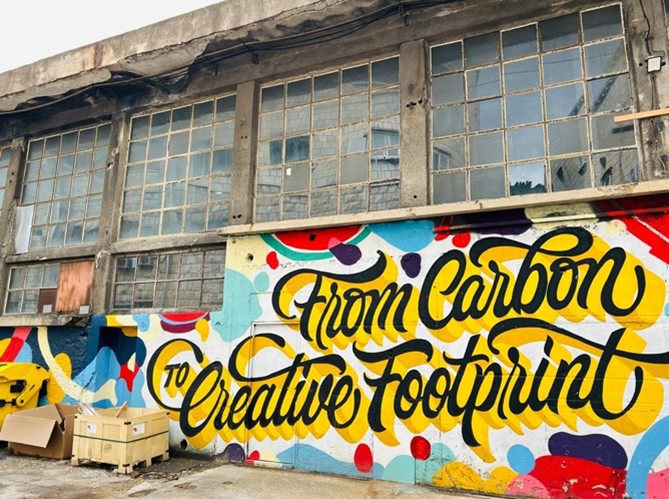
TUP factory in Dubrovnik visited during the Study Visit in November 2024
“Almost every family has a relative who worked at TUP,” explained the team at DURA, Dubrovnik’s urban development agency. “Transforming it now into a centre for new forms of cultural and creative economy, and above all for locals to gather, is deeply symbolic.”
RECUP will contribute to boost the renovation process, in order for the factory to be redesigned as a site of co-creation, with a public library, workshops, and circular economy labs, helping reclaim space, identity, and participation.
Amersfoort: fighting the stigma of loneliness through art
The Dutch city of Amersfoort is known for its planning vision and quality of life. It’s been awarded “European City of the Year” in 2023 and boasts a dynamic economy and highly educated population. Yet, nearly half of residents say they feel lonely. Through RECUP, the city is turning to art to address this hidden epidemic.
“There’s still a kind of stigma around loneliness,” said artists from Kosmik, a local association. “It’s hard to talk about. But representing it—through music, visual art, performance—is the first step to becoming aware of it. Art can help a lot.”
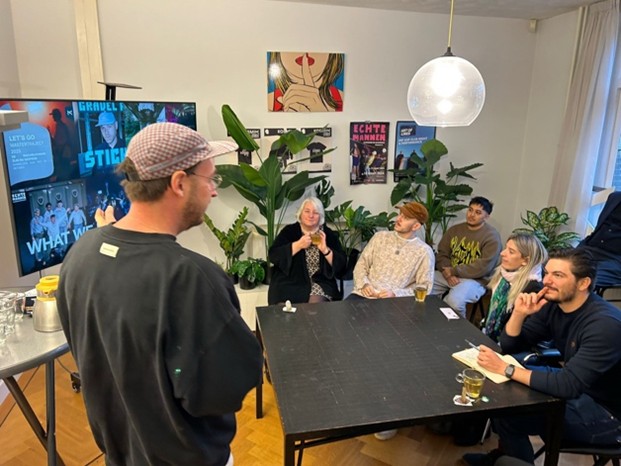
Meeting with the artists of Kosmik during the study visit in Amersfoort
Small-scale performances, workshops, regenerated public spaces will be used in RECUP to stimulate dialogue and connection, while partnerships with local businesses will be developed to support the co-creation process.
Mancomunidad de l’Horta Nord: stitching together a shared identity
Located just outside Valencia, the Mancomunidad de l’Horta Nord is an association of ten municipalities that have seen rapid population growth. While each town has a strong cultural tradition, many with music schools, heritage festivals, and active associations, there’s a lack of a common identity across the territory.

Mancomunidad de l’Horta Nord, during the study visit in December 2024
“The involvement of civil society will be fundamental,” said Francisco Lopez, Mayor of Rafelbunyol and President of the Mancomunidad. “Our goal is to offer a coordinated and structured platform of cultural activity for different groups.” With RECUP’s support, the Mancomunidad is exploring ways to weave local traditions into a common cultural fabric. A digital platform, participatory programming, and shared governance structures will help connect residents, old and new, into a single community narrative.
Bielsko-Biała: weaving generations through creativity
In southern Poland, Bielsko-Biała has long been a crossroads of industry, culture, and history. Its motto—“City of Weaves”—honours its textile past, now reimagined as a metaphor for social and cultural cohesion.
Yet the city faces demographic pressure: an aging population, youth emigration, and signs of stagnation. “We don’t lack initiatives,” said a ULG member. “But we need to increase participation and link our rich cultural assets into something more accessible and visible. RECUP and our status as Polish National Capital of Culture in 2026 will be key to this weaving work.”
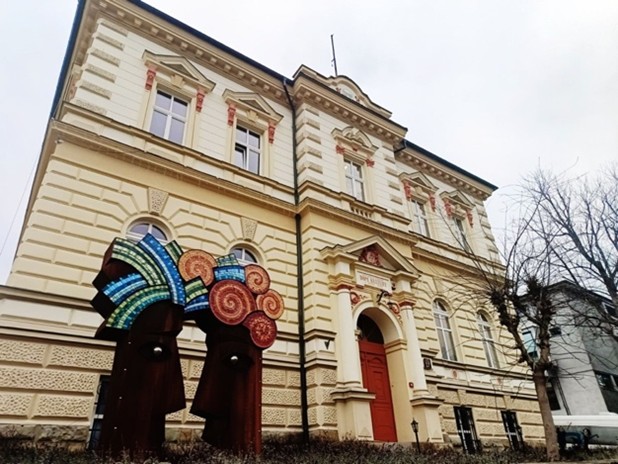
Bielsko-Biala monument visited during the study visit in December 2024
Through intergenerational projects, oral history, street art, storytelling, Bielsko-Biała is stitching together its past, present, and future, one thread at a time.
Sandyford Business District: creating a dynamic ecosystem where businesses and residents thrive through mutual support
Unlike the other cities, Sandyford is not a traditional urban centre but a Business Improvement District in the suburbs of Dublin. It is home to tech giants, a highly educated international population, and a rapidly growing residential community. Yet, it suffers from a lack of infrastructure for cultural and social gathering.
“Although SBD has great conditions—housing, jobs, diversity—we must avoid the rise of ‘parallel societies’,” said one member of the ULG. “We need more links with local community.”
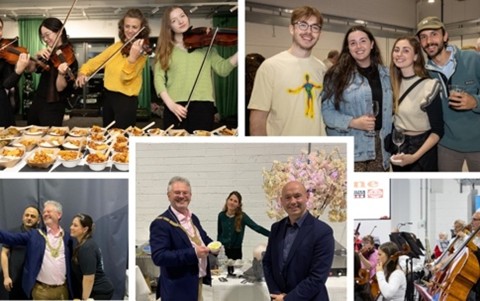
Sandyord Business District cultural activities. Credits: SBD website
Through RECUP, Sandyford is building those links, creating spaces for culture, launching “bottom-up” initiatives, and developing new partnerships with businesses that see the value of community engagement.
3. Shared lessons
Though each city follows its own path, a few lessons emerge across the network. The first is that small actions matter: a community concert, a shared memory, a repurposed building can create a ripple effect. Another is that “culture is everyone’s business”. From artists to technicians, from mayors to mall owners, co-creation requires broad alliances and trust.
Sustainability remains a key challenge. Many cities within (and outside) the Network still depend heavily on public funding for cultural policies. One of RECUP’s ambitions is to help cities develop new models for funding cultural action, especially through public-private partnerships.
Finally, measurement is another area of development. Understanding the impact of cultural interventions, on loneliness, social cohesion, community wellbeing, will be essential.
4. What comes next: creativity in action
All these themes will be explored during the next five transnational project meetings, which will combine strategic discussion with participatory, hands-on URBACT methodology exercises. These sessions will support each city in co-planning their Investment Plans together with their URBACT Local Groups, embedding cultural co-creation into urban policies.
In parallel, each partner will identify and implement small-scale testing actions. In this way, they will have the chance to have real-time feedback and adapt their strategy.
While the process is not without risks, the ambition is clear: to spark a new “butterfly effect”, using experimentation and creative provocation as tools to generate systemic change. Because, as Albert Einstein once said: “Creativity is contagious. Pass it on.”
Links: https://www.youtube.com/watch?v=-NIqym1LklM

